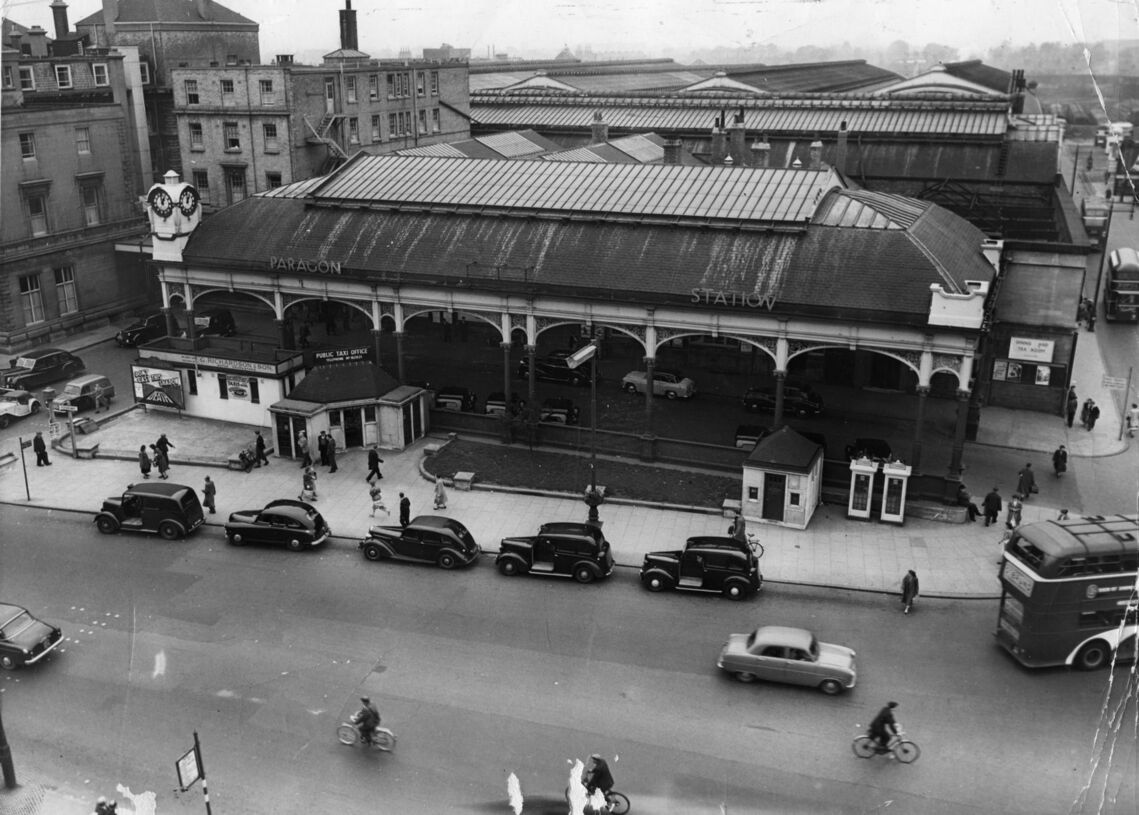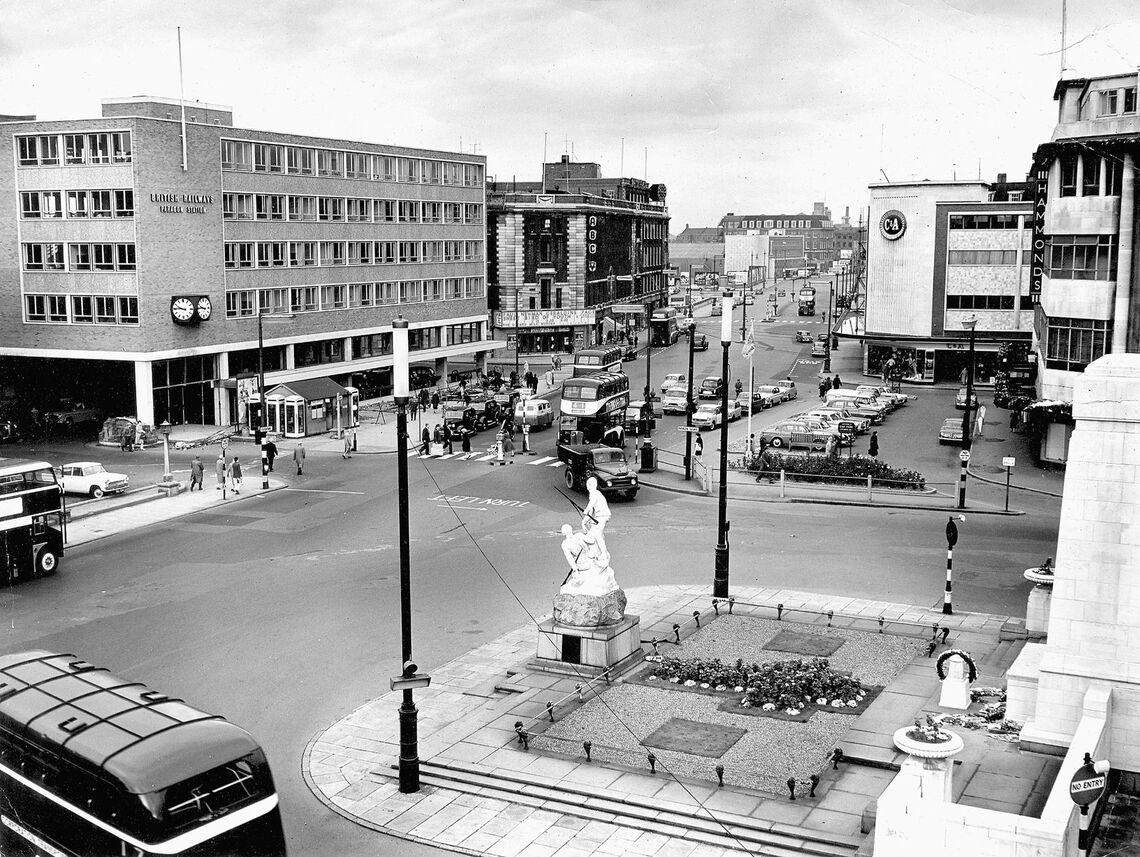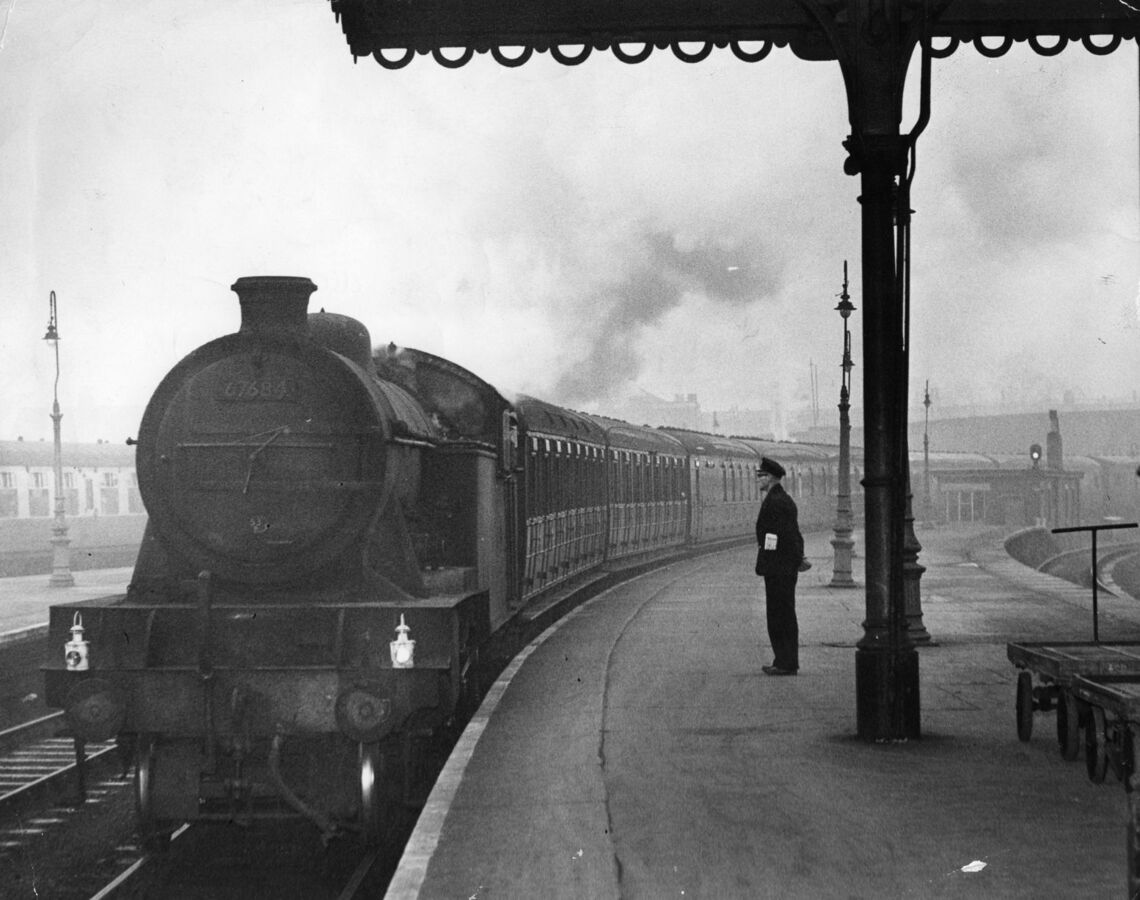Old Railway Photographs Around Hull
Photographs below thanks to Hull Daily Mail and the Memory Lane website. (British History Photo Archive)
further details from Take a trip down memory lane with the Hull Daily Mail
On 5th November 2020 a new free online picture archive from the owners of Hull Live was launched as the nation went into lockdown due to the COVID-19 pandemic. The new tool memorylane.co.uk is backed by broadcaster, author, and historian Professor Kate Williams. The launch of Memory Lane follows a YouGov survey carried out for the website suggesting the past is in danger of being lost because 80 per cent of Brits haven’t digitised all their photos.
Full story from the Hull Daily Mail Article on 5th November 2020
Photo above: Hull Paragon Station. More bikes than private cars. Paragon House was not built until 1962
Photo above: Ferresway, looking towards the then new British Railways Paragon House, built as offices for the then busy rail freight of the Humber Region. Road traffic is still light.
Photo above: Steam locomotive 67684 arrive in Hull Paragon station. Note the poor air quality.
The headlights denote the class of train. A simple explanation of head code lamps is available on this link from The Ryedale Society of Model Engineers at Gilling East The locomotive was designed by Nigel Gresley for the London North Eastern Railway and built at Doncaster Works in the 1930's. The Class V1 and later V3's. None escaped the cutters torch.

Photo above: This shot from the early 1960's, it is a quiet Hull station, a solitary police constable patrols Platform 10.
Nowadays the platforms are renumbered. 7 platforms remain, only platforms 2 to 7 are used by passenger trains. In the platform in 8 with sunlight cascading onto its coaches is a former Class 124 Swindon Trans-Pennine 6 Car 1st Generation Diesel Multiple Unit. These iconic 6 coach trains transformed Trans Pennine journeys when they were introduced in 1960. None were preserved.
further details from the Class 124 Swindon Trans Pennine 6 Coach DMU Website
Updated 22.10.2021



